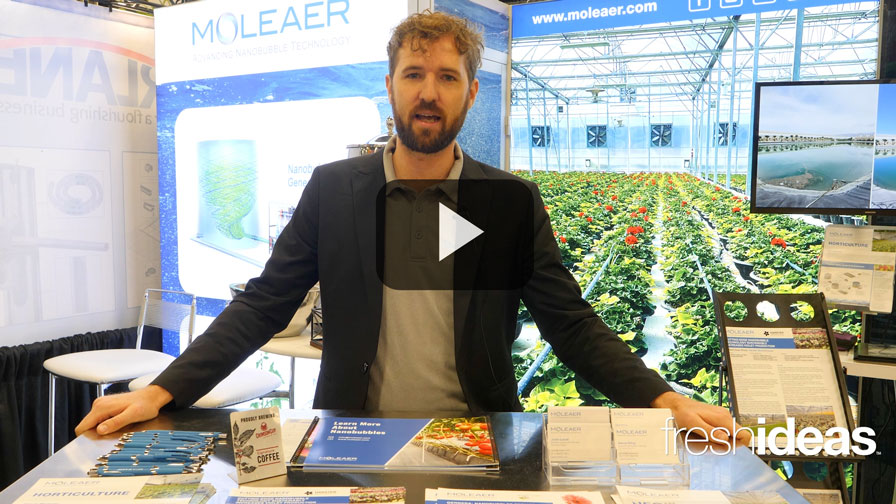How You Can Use Nursery Channels to Finish More Leafy Greens
Growers could always use more space to produce and sell more product. Undertaking a greenhouse expansion is not trivial and is a significant capital investment.
Instead of expanding the growing space, lettuce, leafy green, and culinary herb producers can look to altering their planting schedule and space allocation for crops. A recent eGro post from Iowa State University’s Chris Currey covers how to use nursery channels and rafts in nutrient-film technique (NFT) and deep-water culture (DWC) hydroponic systems, respectively.
In a traditional production plan for leafy greens and culinary herbs, there are typically two phases in production: 1) propagation/transplant production; and 2) finishing. In these two phases there are also typically two different planting densities or spacings: 1) the high-density, close spacing used during propagation; and 2) a low-density, moderate spacing used during finishing. However, when seedlings are first transplanted into systems for finishing, they do not require all the space they are allotted at their initial planting. Nursery channels (for NFT systems) or rafts (for DWC systems) are areas with a greater planting density than the final plant spacing For example, while a common final spacing is 8 inches on center, whether within and between NFT channels or on DWC rafts, spacing in a nursery would be 4 inches (or some other spacing closer than the final spacing). Using nurseries is a more dynamic use of growing space, providing plants with less growing area when it is not utilized and more when it can be.
There are both benefits and drawbacks to this approach. Check out Currey’s original article to learn more.









